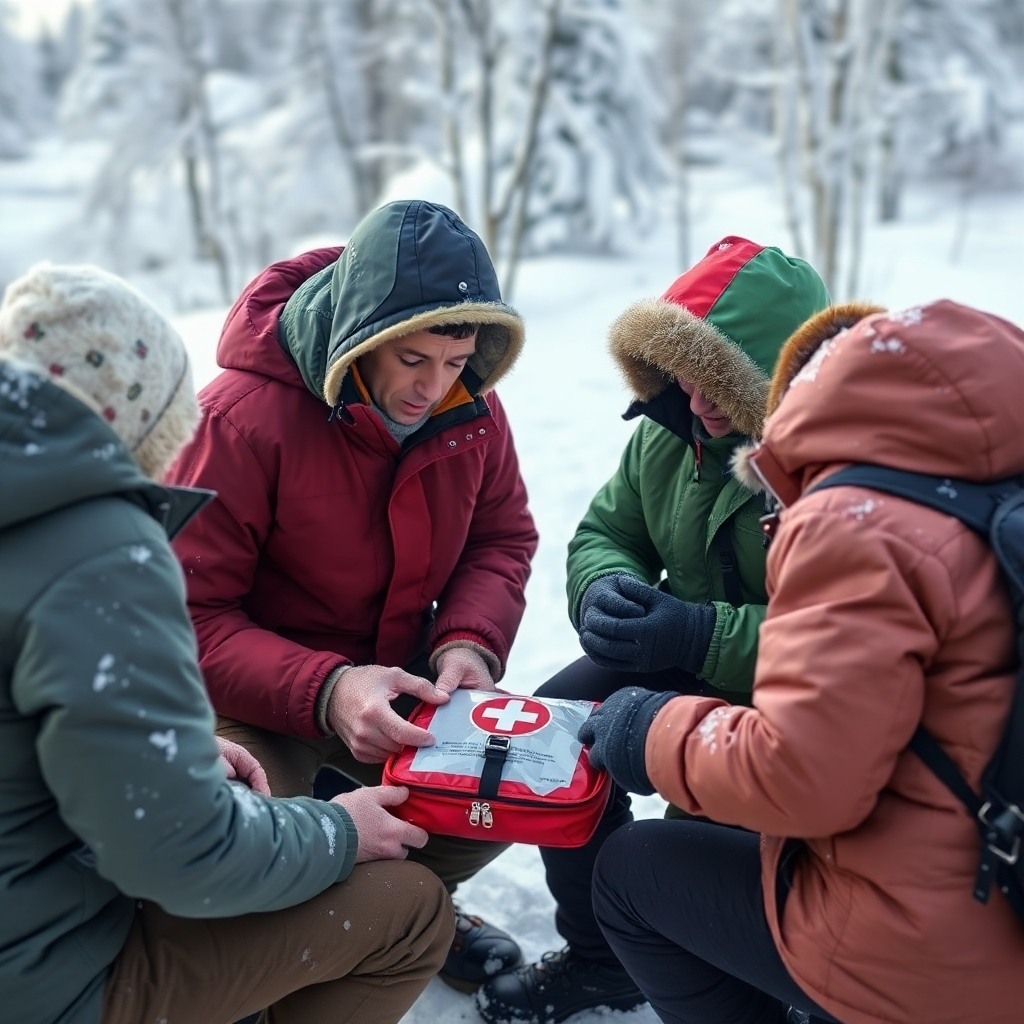When beginning your survival prepping journey, it’s crucial to prioritize planning for the most likely events. This means being aware of both local and global situations that could impact you.
Natural Disasters: Start by considering natural disasters specific to your area. Are you living in tornado alley, prone to hurricanes, or near areas susceptible to flooding and wildfires? Understanding these risks helps tailor your preparations.
Industrial Accidents: Consider the potential for industrial accidents, like train derailments that spill hazardous chemicals. These incidents, which can contaminate air and water supplies, are vital to consider given their serious implications.
Power Grid Reliability: Examine the stability of your local power grid. Texans, for example, faced unexpected power failures during a severe winter storm, highlighting the importance of being prepared for grid outages. Those in regions accustomed to rolling blackouts or harsh winters may already know to prepare with generators and other necessary supplies.
Global Threats: Look beyond local issues to global threats. Consider the possibility of wars, terror attacks, or pandemics that could have immediate effects on your life. Staying informed about global events helps you anticipate and prepare for potential disruptions.
Civil Unrest: Urban areas can experience civil unrest, making streets impassable and causing widespread damage. Stay alert to these situations through news and social media to ensure you’re prepared for rapid changes in your environment.
Financial Instability: Financial issues, whether they stem from national economic instability or personal setbacks like job loss, can also impact your preparedness. Plan for these by building financial resilience and having a backup plan in place.
Analyzing these pressing survival concerns allows you to prioritize your preparations, ensuring you’re ready for the most likely scenarios. By staying informed and adaptable, you can protect yourself and your family against a wide range of potential threats.
Involving Family in Survival Preparations
Getting your family involved in survival prepping is crucial. You don’t want to be the sole prepper in the family; everyone should know how to use supplies, find necessary items, and handle repairs.
Knowledge Sharing: Start by teaching your family where supplies are stored. If you’ve hidden items, make sure everyone knows their locations. Show them how to rotate food stocks and keep an inventory to ensure supplies are replenished as needed.
Staying Calm: In a true survival situation, it’s essential that everyone stays calm. If only you have the knowledge, you’ll be the lone calm person amidst chaos. Training everyone will help maintain order and reduce panic.
Skill Building: As you learn new skills, teach them to your family. Basic tasks like starting a fire or boiling drinking water may seem simple, but many kids have never done them, especially over an open fire.
Practice Drills: Conduct practice drills with your family periodically. Spring these drills on them without prior notice to simulate real emergencies. Avoid scolding during these drills; instead, note areas that need improvement and address them in future practice sessions.
Continuous Learning: As you continue prepping, you’ll discover new items to buy or skills to learn. Keep a journal or notebook of future tasks and needs. Avoid relying solely on digital gadgets, as access to them might be limited in an emergency.
Involving your family in survival preparations ensures that everyone is equipped with the knowledge and skills to handle emergencies. This collaborative approach not only enhances your family’s preparedness but also strengthens your ability to work together in times of need.
Clearing Sace for Prepper Essentials
Life’s hectic enough without adding the stress of survival prepping. The key is to integrate it into your routine gradually, making it manageable and even enjoyable.
Budgeting Smartly: Begin by setting aside a small budget for survival supplies. Start small—it doesn’t need to be significant initially. There’s plenty to do that doesn’t cost a dime. Strategize by learning skills online, which often comes at no cost. For purchasing, be strategic: use coupons, buy in bulk, and pick up extra items during regular shopping trips.
Scavenging for Deals: Good deals can often be found at garage sales or estate sales. Keep an eye out for essentials like a pressure cooker for canning or a tent in good condition. These items can be invaluable and are often available at a fraction of the cost.
Clearing Clutter: To make room for your supplies, start by clearing out clutter. You don’t need a dedicated cellar or basement; any free space can work. Convert an extra room into a storage space, or get creative—under the bed, behind furniture, or in a closet can work just as well.
Storage Solutions: If space is limited, consider renting a storage facility. But remember, if access becomes an issue during a sudden event, having immediate access to essentials at home is crucial.
Small Space Survival: For those in small apartments, think vertically. Use patios for container gardening or set up vertical gardening systems. Prepare bug-out bags for each family member, packed with essentials to carry if you need to leave home quickly.
Integrating these steps into your life can ease the burden of prepping. It’s all about taking manageable steps to ensure you’re ready for whatever comes your way.
We are a participant in the Amazon Associates Program. As an Amazon Associate we earn from qualifying purchases with no additional cost to you. We appreciate your support. Read our complete Affiliate Disclaimer here.



